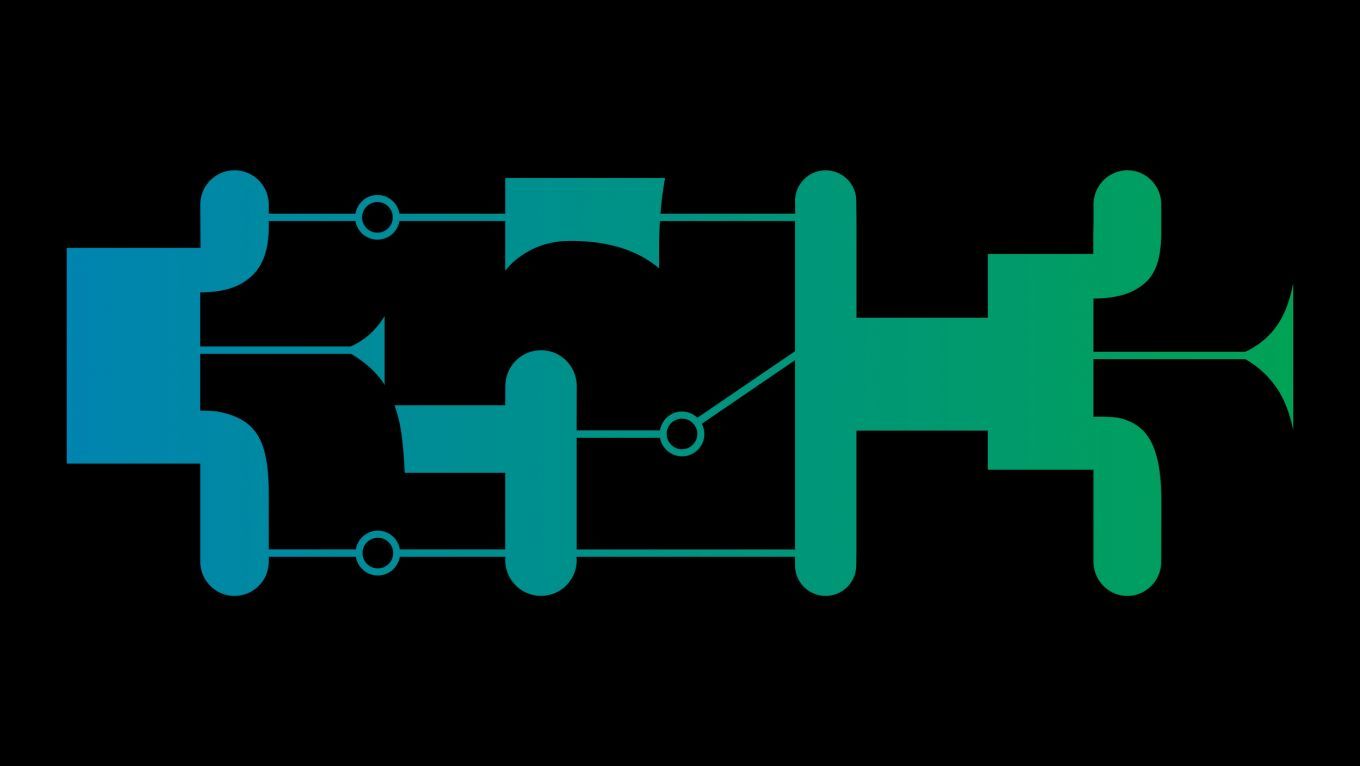Hardware & Making
The Mars Rover On-board Computer
How Curiosity's Onboard Computer works, and what you can learn from how it was designed
Mars Rover Curiosity is one of the most sophisticated pieces of hardware ever launched into space. Because of the communication delay from Earth to Mars, it needs to accomplish most of its tasks completely autonomously: landing, navigation, exploration and singing birthday songs to itself. To do all this, it only has one central onboard computer. Let's look at that computer and the software it runs in detail.
While space is a somewhat unique environment, we can still learn a lot by looking at how the pieces hardware and software on board of Curiosity are designed and managed. The spacecraft only has one onboard computer that took over from the second it was launched towards Mars. It navigated the stars and orbits, managed a very complicated landing procedure, and now drives around as a car-sized rover over rocks and slippery ravines, all while collecting samples and analysing them with its on board lab.
First we'll have a look at the history of the Mars Science Laboratory plans, then in part two we will launch into hardware. What processors do we have, how are the working together? How is redundancy handled, and shielding against radiation?
As a part three, we'll look closely at the rover's software. Using over the air updates, almost all code running on Curiosity has been pushed there after it had landed on Mars. NASA pushed updates to enable new scientific missions, to make it traverse the environment in a different way, and to route around broken hardware.
After listening to this talk, you should find yourself inspired to look at problems of software and hardware fault-tolerance and long-term maintenance in a new light. You should be entertained by a hopefully interesting aspect of computers and space flight. And you'll get a certain awe of the engineers at JPL and their accomplishments.
Additional information
| Type | lecture |
|---|---|
| Language | English |
More sessions
| 12/27/18 |
When a electrical device needs to be a piece of art or used as a mechanical component, a printed circuit board is more than a piece of fiberglass with wires embedded in it. In chemical engineering applications internal holes which allow fluids to be transported through the PCB need to be placed in complex precise patterns. As art, holes can be used to create positive and negative space, allowing you to see a charlieplexed LED display as a snowflake. Creating complex shapes in PCB design software ...
|
| 12/27/18 |
While a lot of projects are currently developing their own processors, mostly as open source in Verilog, VHDL or even Chisel, we miss the free process that actually manufactures these chips. So we're developing the "Libre Silicon" project, a portable semiconductor manufacturing process and technology, using only free and open source tools: We would like to introduce the project, who we are, what we are doing and where we are now.
|
| 12/27/18 |
<a href="https://www.sigfox.com/">Sigfox</a> is an emerging low-power wide-area network (LP-WAN) technology for IoT devices, comparable to <a href="https://lora-alliance.org/">LoRa</a>. This talk recounts my analysis of Sigfox's radio protocol and presents an open reference implementation of an alternative Sigfox protocol stack. It confirms that while Sigfox ensures authenticity and integrity, transmitted payloads are not confidential. This presentation is targeted at a technical audience with ...
|
| 12/27/18 |
Encoding or decoding random radio-waveforms doesn't need incredible expensive hardware anymore which offers new possibilities for building up over-the-air communication systems. There are Software Defined Radios providing affordable cellular radio to remote villages, Community Radios are using SDR to build up digital radio networks and other cool stuff. Some basic knowledge what is going on in SDR Hard/Software as the influence of the samplerate, I/Q-data of the math behind the waterfall-diagram ...
|
| 12/27/18 |
Open Source firmware ist ein Begriff seit 1999 wo LinuxBIOS (coreboot) und u-boot als Projekt starteten. Heute nach fast 20 Jahren ist endlich Open Source firmware bei den Herstellern von Hardware angekommen: Google Chromebooks - coreboot Facebook Open Compute Hardware - coreboot / LinuxBoot Purism Laptops - coreboot Microsoft Olympus - TianoCore Microsoft Surface - TianoCore IBM Power 9 - Hostboot / Skiboot ARM Hardware - ARM Trusted Firmware Intel Minnowboard - TianoCore, coreboot A lot ...
|
| 12/28/18 |
The <a href="http://symbiflow.github.io">SymbiFlow project</a> aims to be the "GCC of FPGAs" - a fully open source toolchain supporting, multiple FPGAs from different vendors. Allowing compilation from Verilog to bitstream without touching vendor provided tools, it includes support for large modern FPGAs like the Lattice ECP5 and Xilinx 7 series. These FPGAs can be used for things previously out of reach of FOSS tools, things like high resolution video and many gigabit networking. We have also ...
|
| 12/28/18 |
Project IceStorm provides the first end-to-end open source FPGA toolchain, was originally presented at 32c3, and only targetted Lattice iCE40 FPGAs. nextpnr is the next big step for open source FPGA tools, providing a retargetable open source FPGA place-and-route tool that will enable open source flows for many different FPGAs from many different vendors.
|

